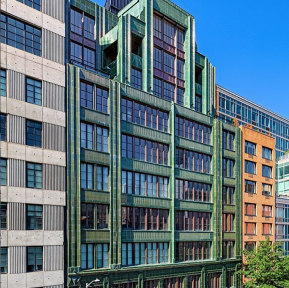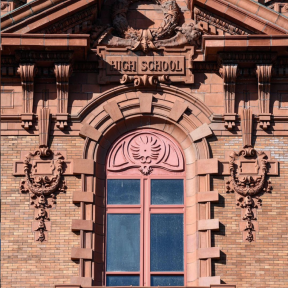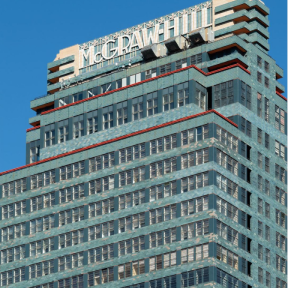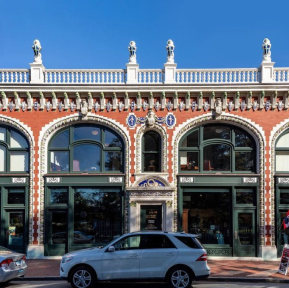Boston Valley Terra Cotta
Yield Improvement Through Six Sigma

 John Krouse, President
John Krouse, PresidentThe Six Sigma process enabled us to address and resolve the issues that were affecting our productivity, quality and profitability on the Terra Cotta line. These improvements have helped to realize significant growth of this most important product offering.
The Company
Boston Valley Terra Cotta (BVTC) is a manufacturer of architectural terra cotta masonry for new and renovated buildings. These products have long-life and significant ornamental value. BVTC production methods include pressing, slip casting and extrusion, and BVTC products are sold worldwide. Several local projects of particular note are Buffalo City Hall, Electric Tower, Gurantee Building, Liberty Building and Roycroft Power House. The company is committed to sustainability with its internal waste-reduction initiatives and its efforts to provide LEED points through the products’ design and material content.




The Challenge
BVTC experienced yield issues on its Terra Clad product line within the drying process. These issues contributed to excessive scrap, increased cost of quality and intentional production overages to compensate. This situation was exacerbated by the fact that this product line was essential to BVTC’s growth strategy. Insyte Consulting proposed a Six Sigma approach, utilizing DMAIC (define, measure, analyze, improve, control) methodology, to identify and subsequently reduce variation and lead time within the drying operation.
Our Solution
The Insyte-led team used Design of Experiments and other statistical tools to compile data and analyze the situation. Based on this analysis, several improvements were implemented within the dryer system and other areas that affected dryer performance and quality of the Terra Clad panels. These improvements included calibrating air movement within the dryers, lengthening dry time for panels over 60 inches, adjusting the formula for slate panels, and using perpendicular stacking of carts in the dryer. The team also established process controls to monitor and maintain these improvements, resulting in substantial benefits for BVTC.

